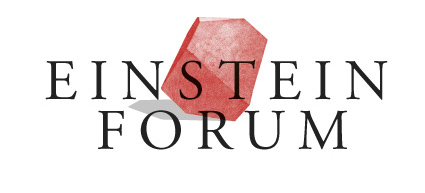Peter Hammerstein
Trägt das Auftreten von ID zu einer Neubestimmung des Verhältnisses von Wissenschaft und Religion bei?
(Panel I Statement I)
More than 200 years ago William Paley wrote a book entitled Natural Theology. Paley drew the reader’s attention to the fact that organisms have many properties that appear to us as if they had been designed. He used this insight to underpin thoughts about the existence of a divine designer. These thoughts were nicely illustrated by a watchmaker analogy. Modern biologists have no problem to understand why Paley’s design argument seemed appealing to him and many of his contemporaries. The reason is that all living beings – ranging from bacteria to plants and animals – possess numerous features that reveal a high degree of organisation and functionality. Who would deny that this raises a deep question about the origin of natural design? In emphasizing this question, natural theology created a great deal of enthusiasm for exploring fossils and collecting specimens. Ironically, these activities – originally meant to explore the traces of God’s design – laid much of the foundation of Darwin’s theory. Evolutionary biology achieves a powerful explanation of organismic design by solely relying on the creative action of a ‘blind’ process that has neither a goal nor foresight, nor any supernatural power. Not astonishingly, the term evolutionary design is frequently used among theoreticians in evolutionary biology. Mathematical models of genetic evolution help us understand why evolutionary design often appears to an observer as if an intelligent creator had been at work. In contrast, the political movement named ‘intelligent design’, has not produced any scientific insight. Rather than studying this movement in relation to its biological relevance, we should ask the question: Why do many people develop and aversion to the scientific picture of life?
Peter Hammerstein is one of the founding professors of the Institute for Theoretical Biology at Humboldt University in Berlin, chair of Berlin’s Collaborative Research Center for Theoretical Biology (Sonderforschungsbereich Theoretische Biologie), and a founding editor of the new journal Biological Theory (MIT Press). With a strong background in mathematics, he started his scientific career as a student of two eminent scientists, the evolutionary biologist John Maynard Smith and the Nobel Prize winning economist Reinhard Selten. Hammerstein’s work in evolutionary biology investigates conflict and cooperation within and among organisms, bridging the disciplines of his mentors, and extending the field of game theory to genetics, immunology, and biological studies of human sociality.
